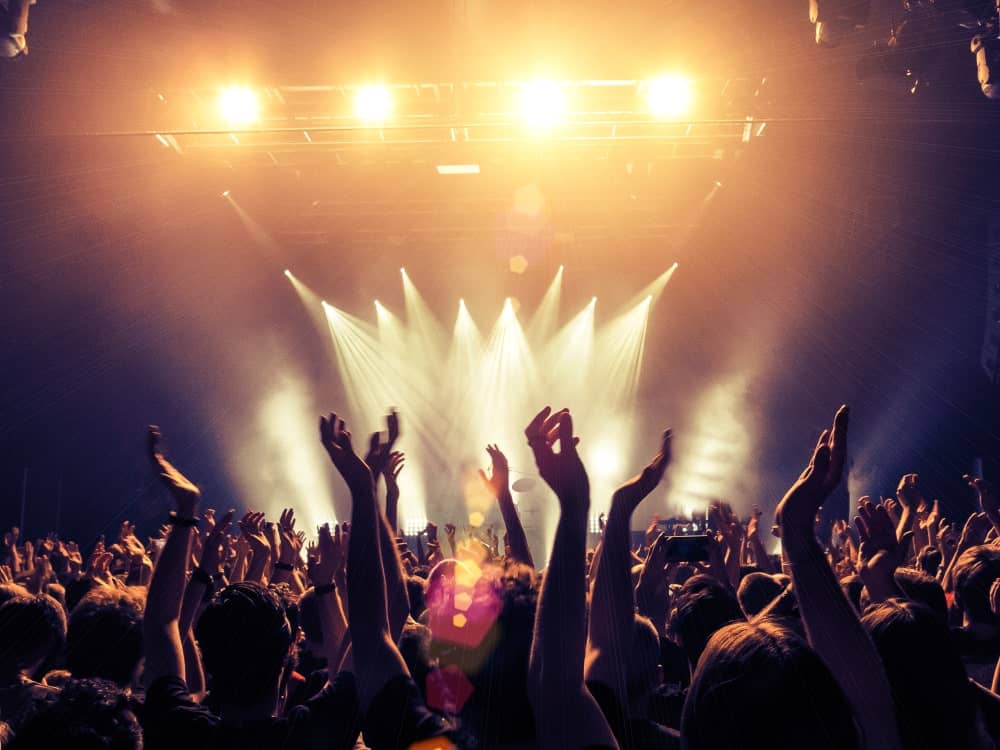Entertainment Venues Through the Decades: How Americans Spent Their Leisure Time
The golden age of drive in theaters and social clubs
The 1950s mark a revolutionary period in American entertainment, with venues that utterly capture the spirit of post-war optimism and suburban expansion. Drive in theaters become the quintessential entertainment destination, offer families and young couples a unique movie go experience from the comfort of their automobiles.
These outdoor cinemas peak during this decade, with over 4,000 drive-ins operate across the United States. The appeal extend beyond equitable watch films – drive-ins become social hubs where teenagers could enjoy independence while parents appreciate the family friendly atmosphere. The venues typically feature playgrounds, snack bars, and eventide laundromats, create complete entertainment complexes.
Bowling alleys experience unprecedented popularity during this era, transform from simple recreational facilities into elaborate social centers. These venues feature modern amenities like automatic pin setters, which revolutionize the sport and make it more accessible to casual players. Many bowl alleys incorporate restaurants, bars, and eventide childcare facilities, make them ideal destinations for entire families.
Roller skating rinks dominate weekend entertainment, especially among teenagers. These venues offer supervise fun that parents approve of while provide young people with opportunities for social interaction and physical activity. The rinks oftentimes host themed nights, contests, and parties, create vibrant community gathering spaces.
Soda fountains and malt shops serve as informal community centers where people of all ages congregate. These venues combine refreshments with entertainment, oftentimes feature jukeboxes, pinball machines, and comfortable seating areas that encourage lingering and socialize.
The Cultural Revolution of music venues and youth gathering spaces
The 1960s bring dramatic changes to entertainment venues, reflect the decade’s social upheaval and cultural transformation. Coffee houses emerge as intellectual and artistic gathering places, provide intimate settings for folk music performances, poetry readings, and political discussions. These venues foster the counterculture movement and give voice to social activism through entertainment.
Rock concerts move from small clubs to massive outdoor festivals, essentially change how people experience live music. Venues like the Fillmore in San Francisco and the apollo theater in New York become legendary for launch careers and define musical movements. These spaces create communities around share musical tastes and cultural values.
Dance clubs evolve importantly during this period, move forth from formal ballroom dance toward more spontaneous, individual expression. The twist and other popular dances require venues with open floor spaces and powerful sound systems, lead to the development of modern nightclub concepts.
Television begin compete gravely with traditional entertainment venues, but instead than eliminate them, it transforms their role. Many venues adapt by incorporate television view into their offerings, create sports bars andTVv lounges that combine the social aspects of go out with the convenience of broadcast entertainment.
Beach clubs and outdoor music festivals gain tremendous popularity, reflect the decade’s emphasis on youth culture and rebellion against conventional entertainment forms. These venues offer freedom from traditional social constraints and became associate with the emerge hippie movement and countercultural expressions.
The rise of multiplex cinemas and specialized entertainment
The 1980s witness a fundamental shift toward specialized, technology enhance entertainment venues that cater to progressively diverse interests and demographics. Multiplex movie theaters revolutionize film exhibition by offer multiple screening options under one roof, allow audiences to choose from various genres and showtimes.
These modern cinema complexes feature improve sound systems, comfortable seating, and elaborate concession areas that transform movie go into a premium experience. The multiplexes typically anchor shopping malls, create integrate entertainment and retail destinations that keep families engage for entire afternoons or evenings.
Video arcades reach their zenith during this decade, become primary entertainment destinations for young people. These venues feature cutting edge games like PAC man, Donkey Kong, and space invaders create competitive gaming cultures that bring unitedly players of all skill levels. Arcades oftentimes occupy prominent positions in shopping centers and attract crowds with their flashing lights, electronic sounds, and tournament competitions.
Nightclubs and discos evolve into sophisticated entertainment complexes feature elaborate lighting systems, powerful sound equipment, and theme environments. Venues like studio 54 set standards for exclusive nightlife experiences, while local clubs provide accessible dancing and socialize opportunities for adults seek evening entertainment.
Health clubs and fitness centers emerge as social venues that combine exercise with entertainment. These facilities offer aerobics classes, racquetball courts, and social areas where members could meet like-minded individuals while pursue fitness goals. The concept of work out as entertainment gain widespread acceptance during this period.
Shopping malls themselves become entertainment destinations, incorporate food courts, specialty stores, and performance spaces that encourage extended visits. These climate control environments provide safe, convenient gathering places for teenagers and families, particularly in suburban areas with limited entertainment options.
Technology’s impact on venue evolution
Each decade’s entertainment venues reflect available technology and its integration into social experiences. The 1950s venues emphasize mechanical innovations like automatic bowling pin setters and improve movie projection systems that enhance traditional entertainment forms without essentially change them.
The 1960s see venues incorporate electronic amplification and lighting effects that enable larger gatherings and more immersive experiences. Sound systems become crucial components of successful venues, whether for live music performance or record music for dancing.
By the 1980s, venues rely intemperately on electronic entertainment systems, from video games to sophisticated audiovisual equipment. The integration of technology become essential for attract customers who expect high quality sensory experiences that couldn’t be replicate at home.

Source: nationaleventvenue.com
This technological progression influence venue design, with spaces need to accommodate complex equipment while maintain comfortable social environments. Successful venues balance technological innovation with human scale spaces that encourage interaction and community building.
Social functions and community building
Entertainment venues across these decades serve crucial social functions beyond mere amusement. They provide supervised environments where young people could develop social skills, form relationships, and establish independence while remain within community approve boundaries.
These venues besides serve as informal community centers where people from different backgrounds could interact around share interests. Whether through bowling leagues, dance clubs, or arcade competitions, entertainment venues create opportunities for social mixing that might not occur in other contexts.

Source: xiaoqili.com
Family orient venues like drive in theaters and bowl alleys strengthen community bonds by provide affordable entertainment options that bring multiple generations unitedly. These spaces help establish local traditions and create shared memories that define community identity.
The evolution of entertainment venues reflect change social norms and generational preferences while maintain their core function as gather places that foster human connection through share enjoyable experiences.
Economic and cultural impact
Entertainment venues importantly influence local economies by create jobs, attract visitors, and spur relate business development. Drive in theaters, for example, oftentimes anchor small business districts that include restaurants, gas stations, and motels cater to mobile customers.
The venues besides play important roles in cultural development by provide platforms for artistic expression and social commentary. Coffee houses give voice to folk musicians and poets, while dance clubs introduce new musical styles and social behaviors that spread throughout society.
Many venues become cultural landmarks that define their communities’ character and attract visitors from surround areas. Successful entertainment destinations could transform neighborhoods and influence regional development patterns.
The cyclical nature of venue popularity demonstrate how entertainment preferences both reflect and shape broader cultural trends, with each generation create spaces that express their values and social priorities.
Legacy and continuing influence
The entertainment venues of these pivotal decades establish patterns and expectations that continue influence contemporary entertainment design and programming. Modern entertainment complexes oftentimes combine multiple activities under one roof, echo the multiplex cinema concept that emerge in the 1980s.
The emphasis on social interaction and community building that characterize successful venues from all three decades remain relevant for contemporary entertainment planning. Current venues that successfully balance technological innovation with human scale social environments typically achieve the greatest longevity and community impact.
Understand how entertainment venues evolve through these decades provide insight into broader social changes and helps predict future trends in recreational facility development. The virtually successful venues systematically adapt to change technology and social preferences while maintain their core function as community gathering places that bring people unitedly through share enjoyable experiences.



